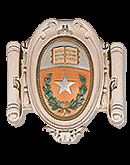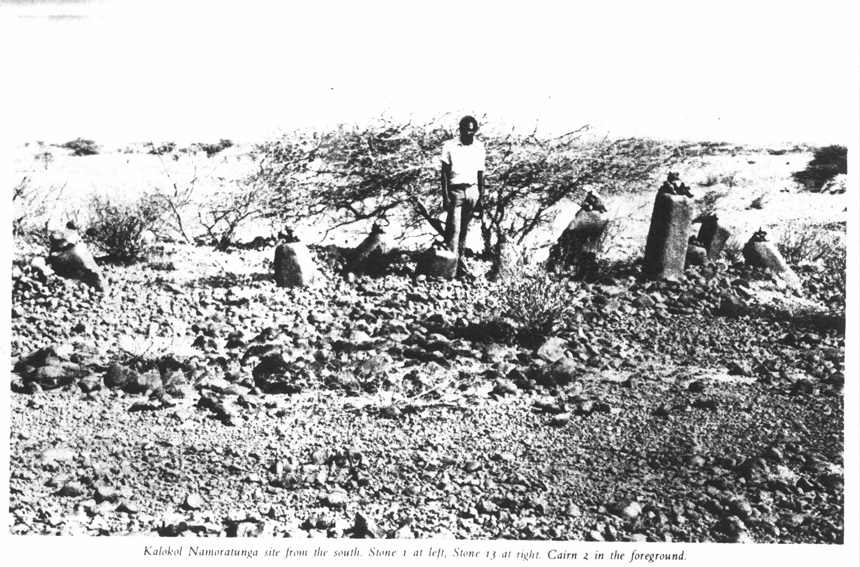| Main Page |
| Information ·Instructor Info ·Class Info ·Acknowledgements ·Dedication ·Bibliography |
| Class Topics ·Ng'amoritung'a ·Nabta ·Petroglyphs ·African Stars ·Borana Calendar ·Sky of Kenya in 300 BC ·The Future |
| Class Research ·Class Emails ·Outside Emails |
| Class Products ·Fiction Stories ·Art Drawings |
| Maps of Africa |
| Other Links |
|
| Ng'amoritung'a Articles, Summaries, and Reviews
|
Photographs,
Pictures, and Maps
Here are some commentaries from Jens' email (full text in the email section). Yes, the stones are interesting: as you mention somewhere on your site, the first oddity is the small stones placed on top of the large cylindrical ones by the Turkana. Odder still, this is exactly what people do in the Senegambian stone circles, although as far as I can gather, the latter may be (in part) a more recent tradition started by tour guides with their tourist groups. There are some funny legends associated with Namoratunga (Kalokol): I first heard the "Dancing Stones" story from a white Kenyan, so was suspicious at first, until I came across other versions elsewhere (amazing how many photocopied abstracts and papers my archaeology-mad girlfriend accumulates). Briefly, the stones were formerly people dancing, who were either turned to stone by the devil, or were devils, or asked the Turkana (or previous immigrants) not to laugh at their dancing, which of course the newcomers did, with the sad result you see today! Lastly, a Turkana concept which made me smile: back in 1996, I was in Eliye Springs, supposedly also researching the Rough Guide, but actually taking a short break from it all. Problem was that the lift back to Lodwar I'd arranged never turned up, and to cut a long story short, I ended up having to hire a local to guide me 50km across the desert to Kalokol on foot and night. Wonderful for the first few hours, the mzungu's feet began getting sore rather quickly thereafter ... "How far are we from Kalokol" I'd ask. "Not far", he said. Same question an hour later, then at half-hourly intervals. Finally, he turned and explained, "if you walk faster, the distance will be shorter". He's absolutely right, of course - except it took us wazungu until Einstein and our modern comprehension of space-time to work that one out. |
| Jens and the stones photo taken by Maria Helena Barreira |
| Jens and the stones photo taken by Maria Helena Barreira |
| Jens and the stones photo taken by Maria Helena Barreira |
| Jens and the stones photo taken by Maria Helena Barreira |
| Jens and the stones photo taken by Maria Helena Barreira |
| Jens and the stones photo taken by Maria Helena Barreira |
| Jens and the stones photo taken by Maria Helena Barreira |
| Jens and the stones photo taken by Maria Helena Barreira |
| Jens and the stones photo taken by Maria Helena Barreira |
| Jens and the stones photo taken by Maria Helena Barreira |
| Jens and the stones photo taken by Maria Helena Barreira |
| Jens and the stones photo taken by Maria Helena Barreira |
| Jens and the stones photo taken by Maria Helena Barreira |

